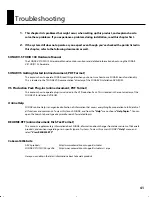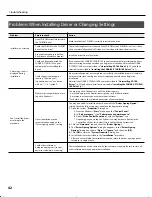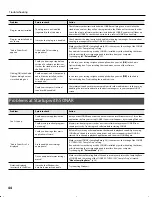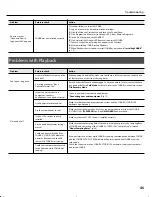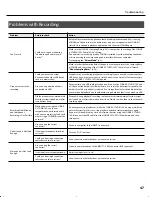
32
Initial Settings
In order to record audio, you’ll connect your instrument or microphone to the SONAR V-STUDIO 100. Some typical
types of connections are shown below.
Connecting a microphone
* The SONAR V-STUDIO 100 provides a compressor and equalizer on each of its audio inputs (INPUT 1–6). You can create
a fatter sound by applying a compressor to the input signal from a microphone or guitar. For details, refer to the
section “Compressor and equalizer” in the SONAR V-STUDIO 100 hardware manual.
Connecting a synthesizer
Recording audio
1. Connect your instrument or microphone
Rear Panel
Microphone with a balanced (XLR) plug
If you’re using a condenser microphone that has a balanced (XLR) plug and requires phantom power to be
supplied, set the PHANTOM switch to “+48V.” Phantom power will be supplied to both MIC jacks, INPUT 1L
and 2R. This means that a mic requiring phantom power cannot be used simultaneously with a microphone
that does not require phantom power.
You must turn phantom power off unless you’re using a condenser mic that requires a phantom power
supply. Malfunctions will occur if phantom power is supplied to a dynamic microphone or audio
playback device. For details on the specifications of your microphone, refer to its owner’s manual.
The SONAR V-STUDIO 100’s balanced (XLR) type connectors
that are wired as shown in the illustration. Be sure to check
the wiring of your equipment before making connections.
Microphone with a phone plug
Microphones with a phone
plug cannot be used.
If you want to connect a device such as a synthesizer or mixer, use an audio cable to connect its
outputs to the INPUT jacks (3-6). Equipment with phone plugs can be connected to INPUT
3L/4R, and equipment with RCA phono plugs can be connected to INPUT 5L/6R.
Synthesizer, etc.
DJ Mixer, Audio Player, etc.
VS-100_install_e.book 32 ページ 2009年3月9日 月曜日 午後8時56分
























